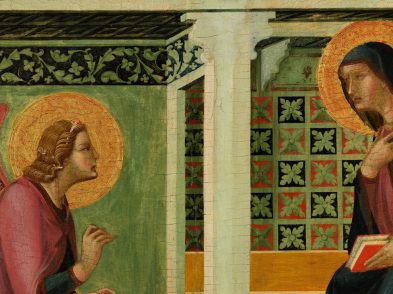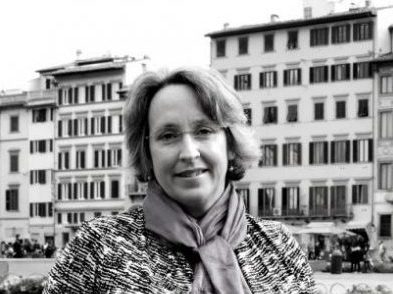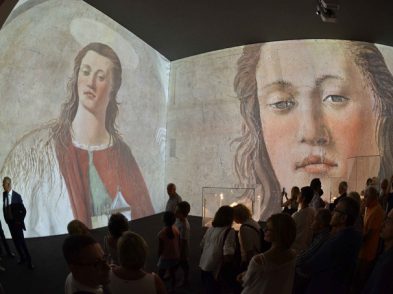Sometime around 700 BCE, needing a system of writing to commemorate the dead, present gifts, autograph works of art, gifts, produce documents and record civil codes, the Etruscans appropriated an alphabet from a small Greek civilization on Ischia. As the current exhibition “Etruscans: Masters of Writing” at Cortona’s Museo dell’Accademia Etrusca e della Città di Cortona, known as MAEC, shows through a wide range of fascinating objects, the Etruscans went on to become prolific writers, entrusting the skill of lettering to scribes, who occupied a special class of society.
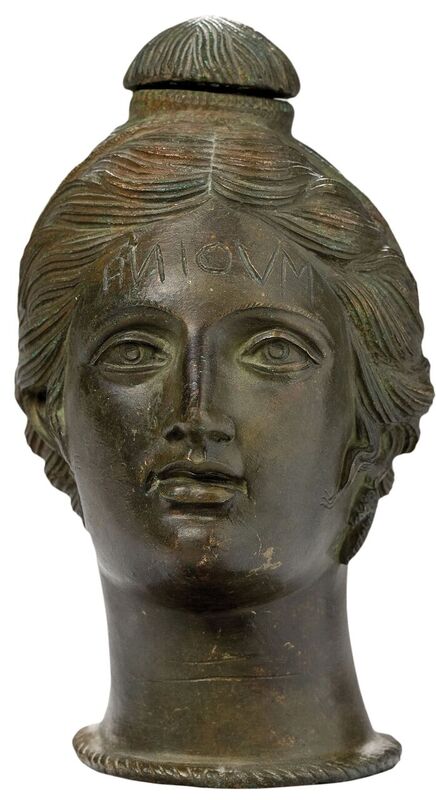
Perfume holder on loan from the Louvre
While the number of known Etruscan engravings outstrips that of Latin engravings from the entire early Latin period and the recent discovery of Etruscan inscriptions as far away as Lattes, near Montpellier, attests to the reach of Etruscan merchants, the Etruscan language eventually disappeared as the Latin civilization grew. Indeed, many key elements of the language are still a mystery to scholars today, with each new find an opportunity to understand this lost language.
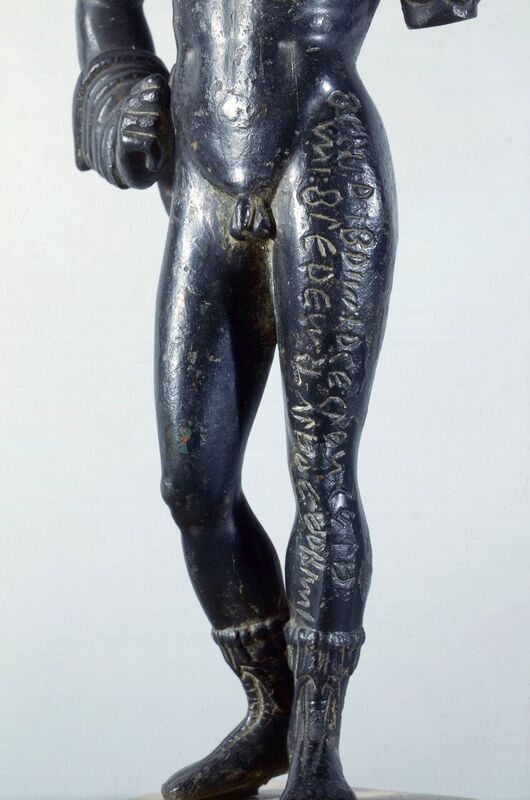
Apollo detail
Organized jointly with the Musée du Louvre and the Henri Prades Museum in Lattes, the Cortona exhibition features some of the most important examples of Etruscan writing, from the Zagreb mummy to the Pyrgi tablets.
Among the items on display, some of which are on loan from the Louvre and other museums in France and Italy, are instruments of the trade. Tablets engraved with the Etruscan alphabet, such as the recently discovered important Tabula cortonensis, from the second century BCE, were used as reference guides. Quills, sticks and other sharp tools were used for incising copper, lead and clay surfaces. The Etruscans also made paper from reeds.
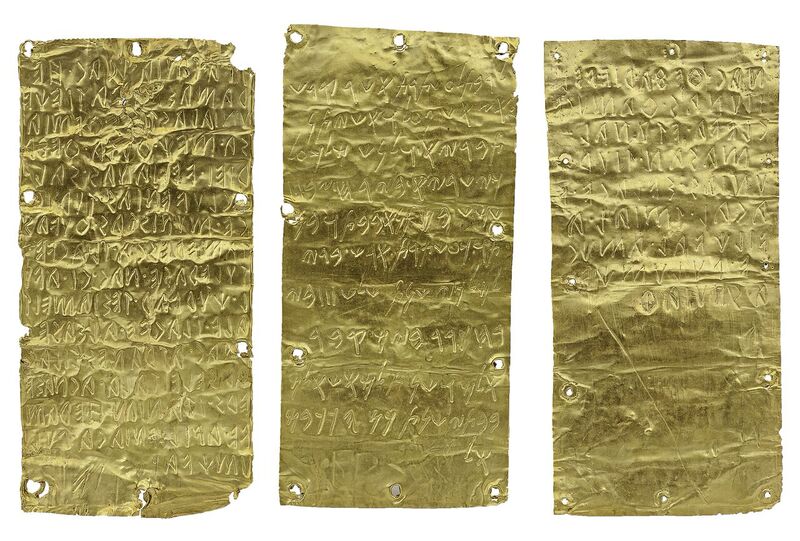
Pyrgi tablets from the Villa Giulia museum in Rome
Visitors will also see a vast range of objects, such as mirrors, bowls and vessels, with inscriptions. Gifts of vases, for example, were often covered with lengthy dedications. Special works of art communicated messages in the first person (“I was made by Surus to remember the day…”). Funerary statuettes, like the one featured on the exhibit poster, have words on their foreheads. My favorite object in the exhibit is an acorn-shaped piece of lead: to be used in a slingshot, it is inscribed with a message for the intended victim.
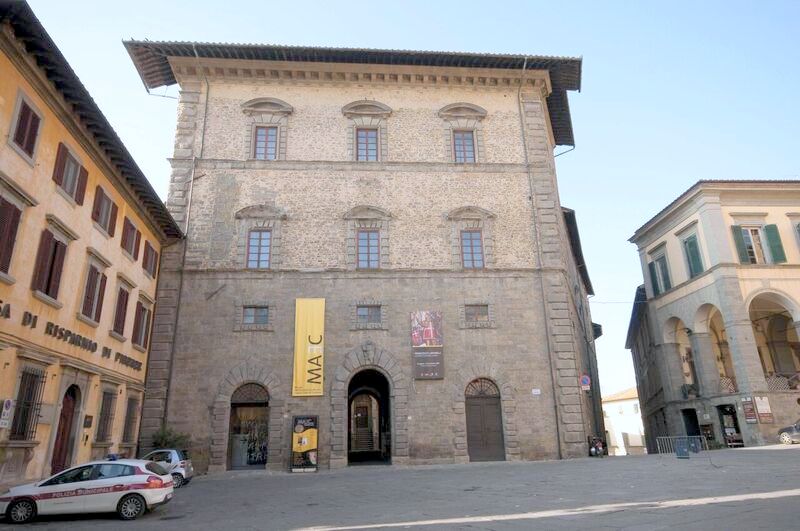
The Museum of the Etruscan Academy and City of Cortona, known as the MAEC
Like the exhibition, the MAEC complex itself, situated in the elegant fourteenth-century Palazzo Casali, is full of unexpected treasures. A subterranean area, once a prison, houses artifacts from archaeological excavations and Cortona’s past. Two upper floors are home to a vast collection of Etruscan artifacts, including pieces from several private collections donated to the Accademia Etrusca. In the city library, which occupies a connected wing, two rooms on the ground floor display contemporary art.
Etruscans: Master of Writing
Museo dell’Accademia Etrusca e della Città di Cortona (MAEC)
Piazza Signorelli 9, Cortona
Until July 31, 2016
Daily, 10am–7pm; 10 euro


